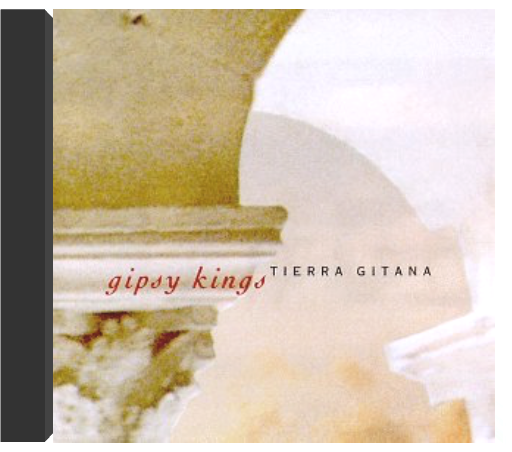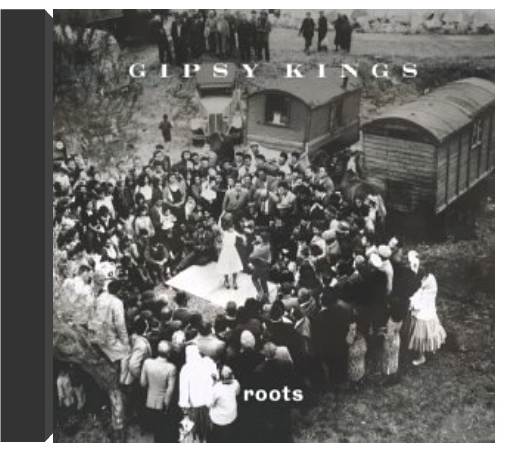 RootsGipsy Kings RootsGipsy Kings The Gipsy Kings are never going to have the kind of critical acclaim that Paco de Lucia has, but their popularization of poppy rumba flamenca among non-Spanish speakers is nothing to be ashamed of. Nonetheless, here on Roots, the octet turns back to the tradition while making their own imprint on it. Having the band record in an old farm house, producer Craig Street, it seems, simply told them to sit down to play their bittersweet songs. Without electric instruments or a drum set to clutter the mix, brisk acoustic guitars will sweep listeners up in the driving rhythms as lead guitarist Tonino Baliardo soars overhead, particularly on the instrumental songs. When Nicolas, Canut and Patchai Reyes take turns on lead vocals, Street adeptly captures the timbre and nuance of the singers' voices while also delicately balancing the guitar, hand percussion and bass. No pop songs or bombastic rock beats:here's one that purists cannot argue with. —Tad Hendrickson 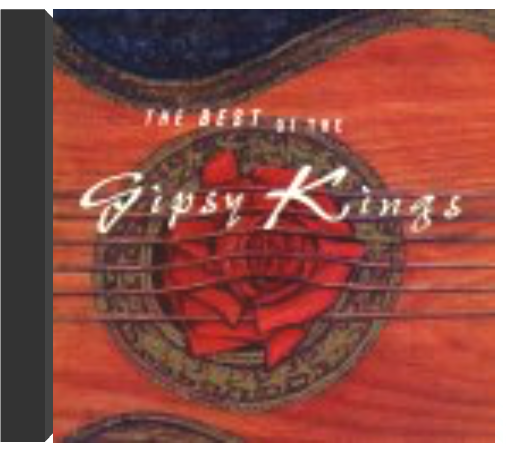 The Best of the Gipsy KingsGipsy Kings The Best of the Gipsy KingsGipsy Kings Hailing from the Reyes and Baliardo Gypsy families, this ensemble from the south of France has been playing "rumba flamenca" since the late 1980s. With this 1995 compilation, the songwriting talent and virtuosity this unique group possesses were gathered together in one comprehensive CD. Notable inclusions are the anthemic hit "Bamboleo," from their debut, Gipsy Kings; the slowly emotive "Trista Pena" the Italian cover "Volaré," from Mosaïque; and assorted live cuts that wonderfully capture the wild energy these players spark onstage. In short, the Gipsy Kings are a celebratory bunch who know how to rock with a rhapsody of acoustic guitars, passionate vocals, and walls of congas, timbales, cabasas, and bongos. Check this caravan out. —Karen Karleski 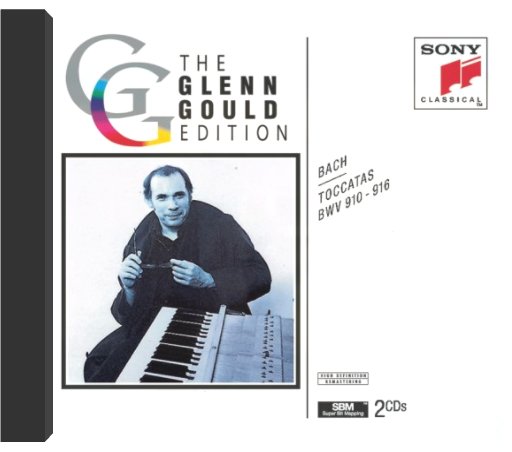 Bach: 7 Toccatas BWV 910-916Glenn Gould Bach: 7 Toccatas BWV 910-916Glenn Gould These pieces are all early works—the first evidence of Bach's great mastery as a composer for the keyboard. A toccata comes from the Italian (and French, and Spanish) verb meaning "to touch" or "to play an instrument." It's a type of written down improvisation, in which the player "tries out" his instrument with passages requiring great speed, extremes of dynamic both loud and soft, and finally a sustained chunk of music in several parts, generally a fugue. As Gould is the greatest (and most eccentric) Bach pianist in history, his performances are powerfully persuasive. Most importantly, they have a freely improvisational quality which makes the music sound fresh and always surprising. —David Hurwitz 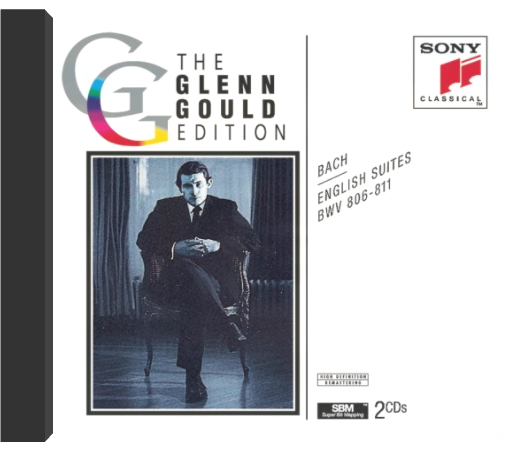 Bach: English Suites, BWV 806-811Glenn Gould Bach: English Suites, BWV 806-811Glenn Gould No Description Available. 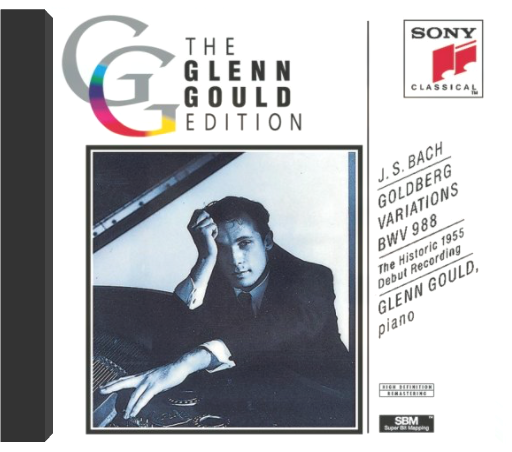 Bach: Goldberg Variations, BWV 988Glenn Gould Bach: Goldberg Variations, BWV 988Glenn Gould In the main, sonic differences between Sony Classical's 20-bit remastering of this landmark 1955 recording and its previous incarnation in the CBS Great Performances series (CBS MYK 38479) are subtle rather than striking. Tape hiss is reduced, while ambient studio noise is heightened, bringing Glenn Gould's trademark humming and squeaky chair more into the foreground. One can also perceive slight changes in microphone setups between certain variations. Gould completists, however, will want this Glenn Gould Edition transfer for two fugues recorded in 1957, drastically different from the pianist's perverse remakes 13 years later for his complete Well Tempered Clavier Book II. Any respectable piano collection, however, should include Gould's debut Goldbergs, at any price. —Jed Distler 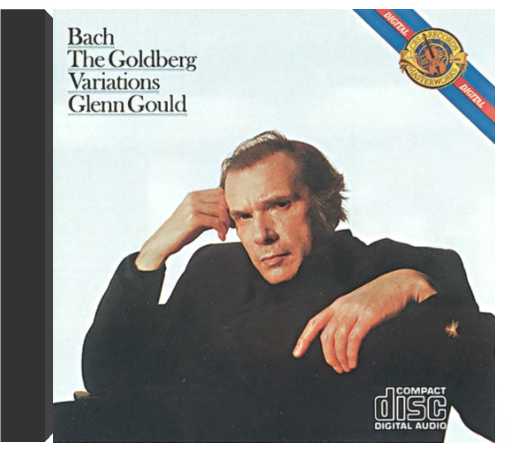 Bach: The Goldberg VariationsGlenn Gould Bach: The Goldberg VariationsGlenn Gould The clear-cut rhythms, riveting articulation, and contrapuntal acumen of Glenn Gould's 1955 debut Goldberg Variations characterize this 1981 remake to strikingly different results. This later version is more deliberate in pacing, stark in expression, thoughtful with ornamentation, and tightly organized (if a mite theatrical) in terms of tempo relationships. Whereas there are no repeats from 1955, Gould now observes "A" section repeats in the canons, the Fughetta, and other fugue-like variations. The rapid, cross- handed sequences still dazzle with pinpointed fingerwork, yet the slower tempos better serve the music's dance-like qualities. Unlike Sony Classical's better sounding Glenn Gould Edition transfer, the original CBS Masterworks CD still has no banding cues. —Jed Distler 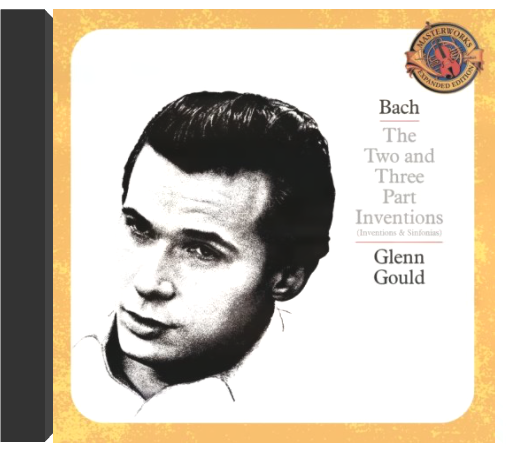 Bach: Two- and Three-part Inventions, BWV 772-801Glenn Gould Bach: Two- and Three-part Inventions, BWV 772-801Glenn Gould Better known among pianists and the public as the Two and Three Part Inventions, these little gems were written by Bach as instruction in proper keyboard and compositional technique for his son, Wilhelm Friedemann. True, the music may be in only two or three parts, but what parts! And as any pianist will tell you, this is not easy music to play, since Bach demands absolute equality between the various music lines. It's the sort of thing Gould loved above all else, and he simply has a blast with these pieces, as will you. Vintage Bach, vintage Gould. —David Hurwitz 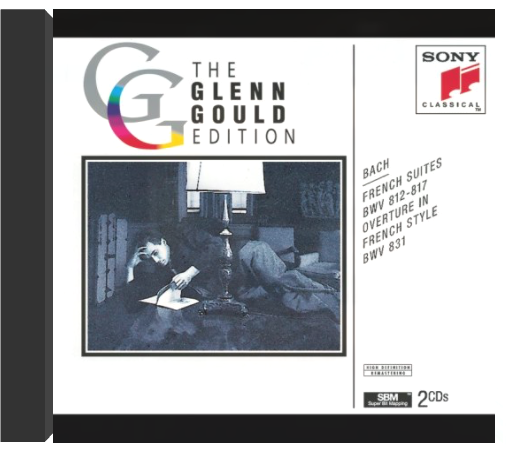 Glenn Gould Edition - Bach: French Suites, OvertureGlenn Gould Glenn Gould Edition - Bach: French Suites, OvertureGlenn Gould Just as Bach's English Suites aren't really English, the French Suites aren't really French in any noticeable way. What they are is Bach. All suites, whatever their country of origin, consist of a chain of miscellaneous dances. This set of six is Bach's lightest collection in suite form, and Gould plays them with his usual nimbleness and quick-witted charm. It's amazing how Gould makes the music sound like he was making it up as he plays along—the humming probably contributes to that impression—and like all of his Bach, this is mandatory listening. —David Hurwitz  Glenn Gould Edition - Bach: Partitas, Preludes & FuguesGlenn Gould Glenn Gould Edition - Bach: Partitas, Preludes & FuguesGlenn Gould Although all of Glenn Gould's Bach recordings are icons, this may be the most valuable of them. Unlike some of his Bach performances, Gould takes the marked repeats in the Partitas and adds imaginative Embellishments, as any competent player of Bach's day would have done. This practice adds a further element of interest to Gould's sparkling, alert playing, because it means we hear each section from different perspectives with meaningful performer contributions that go beyond "interpretation." The various collected short works that fill out the second CD are a worthwhile bonus, but the real meat here is the opportunity to hear the keyboard Partitas played with such Gouldian excitement. Compare these with Igor Kipnis's superlative harpsichord performances (the first volume has the first, second, and fourth, and the second volume has the third, fifth, and sixth) and you'll have an excellent perspective on Bach's magnificent music. —Leslie Gerber |
 Made with Delicious Library
Made with Delicious Library

